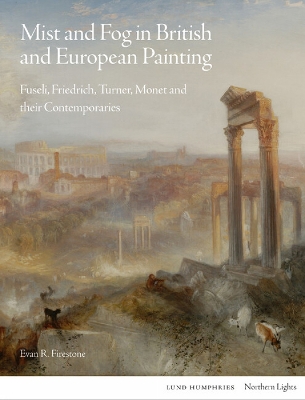Northern Lights
1 total work
The metaphorical meanings that have accrued to mist and fog, encouraged by their indeterminate and transitory nature, and the emotions to which they give rise, are variously evident in the work of major artists and their contemporaries.This book is the first to address the themes of mist and fog in British and European painting, from the late 18th to the early 20th centuries. It features paintings by Caspar David Friedrich and JMW Turner, amongst others, and the discussion of artworks is enriched with parallel literary examples that employ mist and fog as metaphor and in allegory, from antiquity to Joseph Conrad.
Mist and fog engender fascination and mystery, enticing with their wispy veils and vaporous moods, and they are the stuff of dreams and visions. 'The mists of time' and 'in a fog' are common expressions that substantiate the long association of mist and fog with the passage of time, the vagaries of memory and feelings of uncertainty. Mist and fog obscure, conceal and when they dissipate, reveal. Vaporous atmosphere in art and life masks evil and can elicit presentiments of death. It also has been used in art to convey the splendours of the spiritual world and the terrors of the supernatural.
